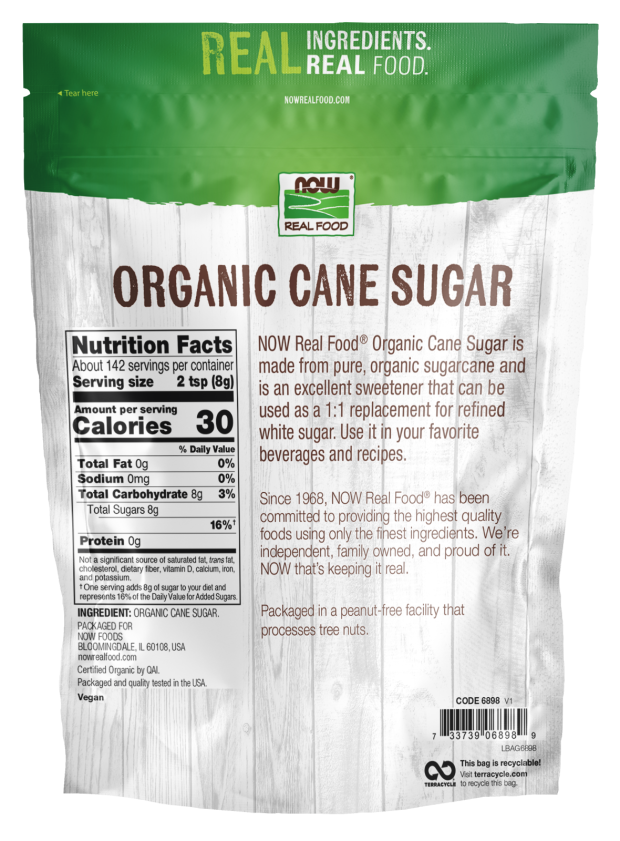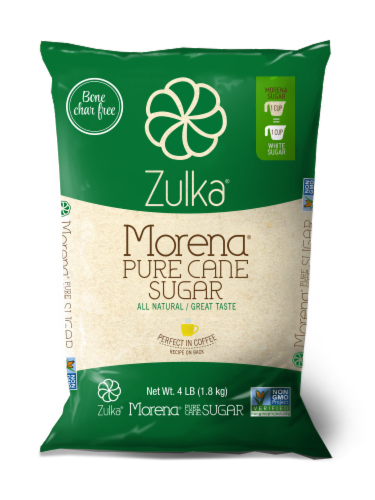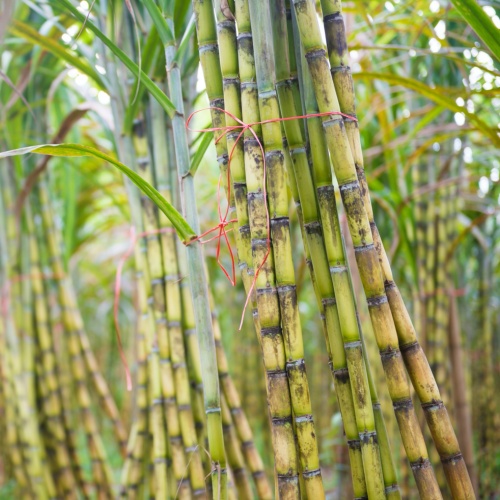Discovering the Comprehensive Steps Involved in Cane Sugar Handling From Gathering to Refinement
The procedure of walking cane sugar production includes a series of detailed actions, beginning with the careful harvesting of sugarcane and culminating in the improvement stages that make sure the last product meets sector standards. Each stage, from the removal of juice to the filtration and crystallization processes, plays an important duty in identifying the high quality and character of the sugar.
Collecting Sugarcane
Harvesting sugarcane is a vital action in the cane sugar processing chain, as it straight affects the top quality and return of the end product. Appropriate timing and methods are vital during this phase to guarantee optimal sugar content and minimize losses. Generally, sugarcane is harvested when it reaches maturation, generally 12 to 18 months after growing, defined by a high sucrose concentration.

Post-harvest, the sugarcane should be processed promptly to protect against sucrose destruction. Preferably, collected walking stick must be moved to refining facilities within 24 hr to preserve sugar quality. For that reason, effective logistical planning is crucial to keep the stability of the gathered plant throughout the supply chain.
Extraction Process

The crushed cane goes through a series of pushing procedures to take full advantage of juice recovery. Normally, warm water is sprayed onto the crushed walking cane, developing a countercurrent circulation that aids liquify the sugar while likewise aiding in the extraction procedure. The juice collected from this operation has not just sugar however also numerous natural compounds and impurities.

To improve removal efficiency, some centers may employ diffusion approaches, where the sugarcane is saturated in warm water, permitting the soluble sugars to diffuse into the liquid. The resulting juice, rich in sucrose, is then guided to subsequent processing stages, laying the foundation for purification and refinement. The extraction process is thus critical in establishing the top quality and return of the last sugar item.
Filtration Strategies
The filtration methods utilized in walking stick sugar handling are essential for transforming the raw juice right into a top quality sugar product. These methods mainly aim to remove impurities, such as soil, plant products, and not natural compounds, which can negatively impact the final product's flavor and shade.
Among the most typical purification techniques is clarification. This procedure entails including lime and warm to the raw juice, which promotes the coagulation of contaminations. The resulting precipitate is after that eliminated with sedimentation or filtering, yielding a clearer juice. In addition, using phosphoric acid can enhance the explanation procedure by further binding contaminations.
An additional considerable technique is carbonatation, where co2 is introduced to the clarified juice. This response creates calcium carbonate, which captures continuing to be pollutants and promotes their elimination.
Additionally, turned on carbon therapy may be used to adsorb any remaining colorants and organic contaminations, making sure a much more refined product. The mix of these methods properly prepares the sugar juice for subsequent action in the refining procedure, setting the phase for the manufacturing of high-grade cane sugar.
Formation Methods
After the purification stage, the following crucial action in walking stick sugar handling involves condensation approaches, which play a pivotal function in changing the made clear juice into strong sugar. This procedure usually uses 2 primary methods: spontaneous formation and regulated crystallization.
In spontaneous Click Here condensation, supersaturated sugar options are enabled to cool naturally, leading to the development of sugar crystals over time. This approach permits for the consistent growth additional hints of sugar crystals and higher pureness.
Throughout formation, the cleared up juice is concentrated through evaporation, increasing its sugar content until it gets to supersaturation. When this point is achieved, either method can promote the formation procedure. Cane Sugar Processing. The resultant sugar crystals are after that separated from the remaining syrup via centrifugation
Eventually, the choice of condensation method influences the high quality, size, and pureness of the last sugar item, making this action crucial in the general walking stick sugar handling treatment.
Refinement and Product Packaging
Exactly how can the purity and top quality of walking stick sugar be even more boosted after condensation? The improvement process plays an important role in attaining premium cane sugar. Adhering to crystallization, sugar undertakes a thorough cleaning to remove pollutants and residual molasses. This is commonly accomplished making use of warm water or heavy steam, which helps dissolve and remove unwanted components while preserving the sugar crystals.
Next, the sugar undergoes a process called centrifugation, where it is spun at broadband to separate the cleansed sugar crystals from the remaining liquid. After centrifugation, the sugar is usually further fine-tuned with an approach called carbonization or phosphatation, which uses turned on carbon or phosphoric acid to eliminate color and off-flavors.
When improved, the sugar is dried out to attain the preferred wetness web content, ensuring that it stays steady throughout storage space and transportation. The last step entails product packaging the refined sugar in moisture-proof and impermeable containers to keep its high quality and prevent contamination. Cane Sugar Processing. Appropriate packaging not only prolongs life span but also promotes simple handling and circulation, making certain that customers obtain sugar that meets the greatest requirements of pureness and top quality
Verdict
The comprehensive steps associated with cane sugar processing, from the thorough get more harvesting of sugarcane to the intricate improvement and product packaging phases, highlight the value of each stage in making certain high-grade sugar production. Optimal harvesting strategies, reliable removal techniques, and strenuous filtration procedures collectively contribute to the final item's pureness and security. The crystallization and subsequent packaging techniques better boost the stability and rack life of the sugar, highlighting the intricacy and precision fundamental in this vital agricultural industry.
The procedure of walking stick sugar manufacturing encompasses a collection of complex steps, beginning with the mindful harvesting of sugarcane and finishing in the improvement stages that make certain the last product satisfies industry criteria. Ideally, harvested walking cane ought to be transferred to processing centers within 24 hours to protect sugar quality.In spontaneous formation, supersaturated sugar options are allowed to cool down naturally, leading to the development of sugar crystals over time - Cane Sugar Processing. The improvement process plays a crucial duty in achieving high-quality walking stick sugar.The comprehensive actions included in cane sugar handling, from the meticulous harvesting of sugarcane to the complex refinement and product packaging stages, highlight the significance of each stage in ensuring high-quality sugar production